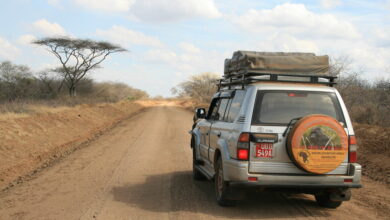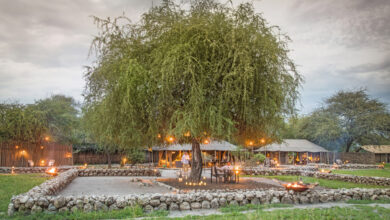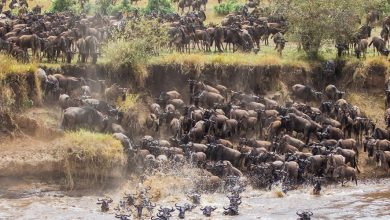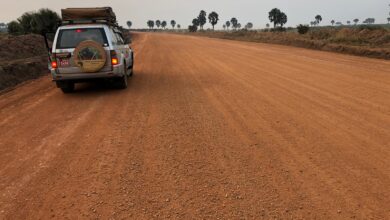Blog
Tanzania Safari Highlights: Ngorongoro and Serengeti
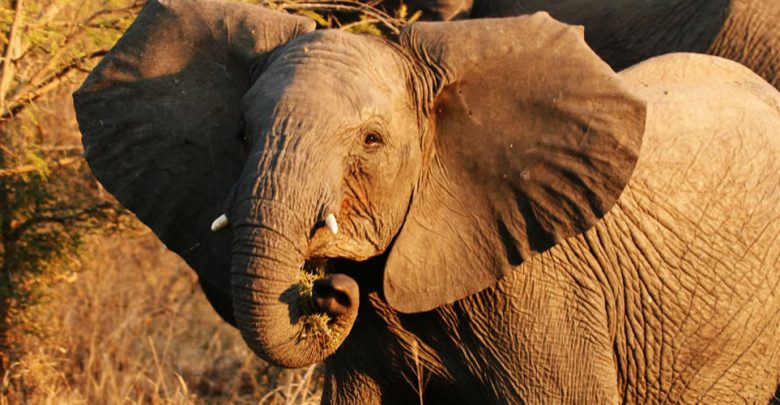
Ngorongoro and Serengeti Safari is arguably one of the finest experiences in Africa and offers a wealth of wildlife viewing opportunities. Pretty much every large animal in East Africa can be regularly seen in the Ngorongoro crater national park or wider ecosystem.
Ngorongoro crater area is one of the most noteworthy, the total size of the entire Serengeti-Mara ecosystem is a staggering 30,000 square kilometres packed choc-full of truly extraordinary wildlife sightings.
Renowned for its predators especially lions, leopards and cheetahs and with plenty of elephants favouring the western woodlands of Grumeti, the Serengeti dazzles even the most hardened wildlife safari critics.
There is even a recovering black rhino population concentrated around Moru Kopjes giving visitors a realistic chance to sighting all of the Big Five (lion, elephant, rhino, leopard and buffalo), although the critically endangered black rhinos will undoubtedly prove the greatest challenge.
Exploring the unique Ngorongoro Crater – surrounded by the towering volcanic walls on every side and blessed with prolific and extremely well-habituated wildlife – almost feels like you’re driving through a zoo; only the surrounding crater scenery is jaw – dropping impressive.
With the greater Serengeti ecosystem so blessed with wildlife and scenic beauty, it is hard to imagine it could have anything more to offer, but the great East African migration steals the show. There is quite simply nothing to match the great migration with its sheer numbers, noise, majesty and splendor.
You can witness the great herds during any month of the year so long as you plan your safari to visit the right region within the ecosystem to coincide with where the animals are concentrated at that particular time of the cycle.
The rainfall drives the movement patterns of the great herds of wildebeest and other plains game, so it must be emphasized that the description below refers to a typical year of normal rainfall in the usual seasons.
The Great migration is quite unique in that it is a perpetual phenomenon without beginning or end. It is universally regarded as one of the greatest wildlife spectacles on earth.
The sound alone is deafeningly impressive. It is, however, often very difficult to appreciate the scope and sheer size of the Great migration because, without a bird’s eye view of proceedings, it is difficult to comprehend the sprawling scale of the wildebeest numbers on a Tanzania Safari.
A sunrise hot air balloon ride is the ideal way to appreciate the huge herds and long columns of plodding animals. Standing atop a rocky kopje is another recommended way to gain some perspective to better appreciate the sheer number of animals involved.
While most Tanzania safari – goers target the June-July period for the western corridor and Grumeti River crossings, as well as the July-October period for Lamai and the Mara River crossings, there is a strong argument for waiting for the less popular rainy season months to view the wildebeest in the southern plains when they give birth to half a million calves over a three-week period usually in February.
